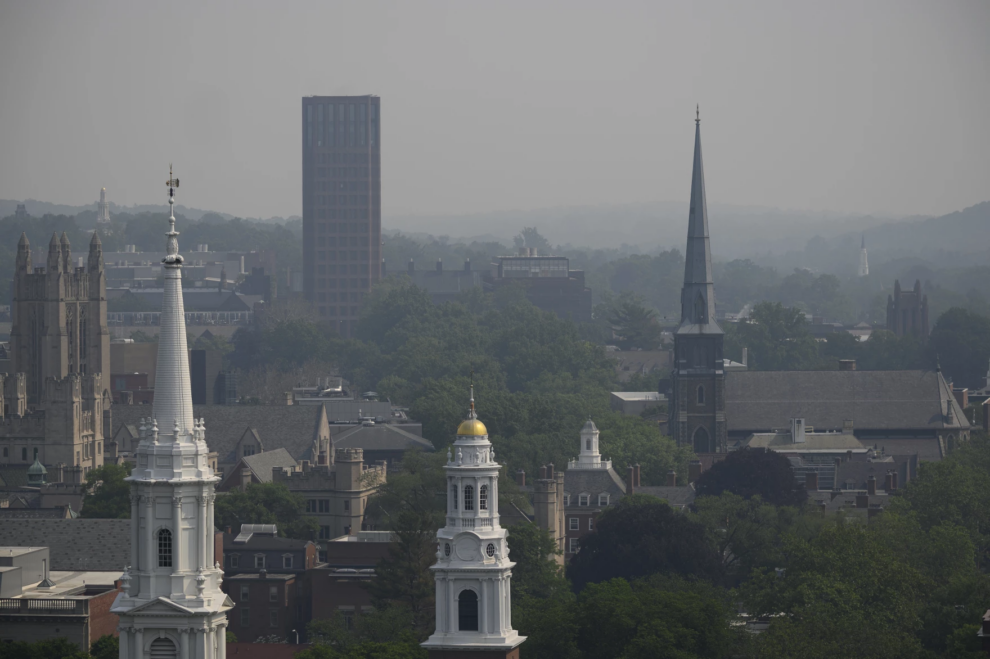Poor air quality has been a major concern this year in New England, but a new Yale-led study is highlighting how certain racial groups have suffered disproportionate health impacts from air pollution for years.
Using data from from 2001 to 2016, the study, published in “Nature Human Behavior,”found cardiac-related deaths from long-term exposure to fine particulate matter (PM2.5) were over three times more common among Black people than white people. Researchers also found Hispanic people who died under the same conditions had a higher morbidity rate than whites.
Dr. Kai Chen, who teaches at Yale School of Public Health, says he plans to study this disparity further on a neighborhood level. In the meantime, he said, the country needs more equitable policies to reduce air pollution for all.
“Among all the great work we have done, like the Clean Air Act, that has been tremendously successful in lowering the air pollution in the United States,” Chen said, “we might need to think a little bit differently to have targeted strategies to reduce more pollution.”
The team’s findings also have to do with general health vulnerability, Chen said. Research shows Black people are more predisposed to heart disease from health, geographical and social factors, in addition to disparities in quality of care. Historical policies like redlining and the placement of highways and railroads also play into current air pollution disparities.
Fine particulate matter are tiny droplets that can come from sources like vehicle emissions or power plants. They can damage the cardiovascular system when inhaled, which is why breathing smoke from wildfires — another source of PM2.5 — is dangerous to human health.
Despite hazy smoke from Canada causing widespread air pollution across large swaths of the U.S. earlier this year, Chen’s research shows there have been more reductions in PM2.5-linked cardiovascular diseases on the east coast, compared to the western U.S., which has a higher overall risk of wildfires.
Source : tpublic.org











Add Comment